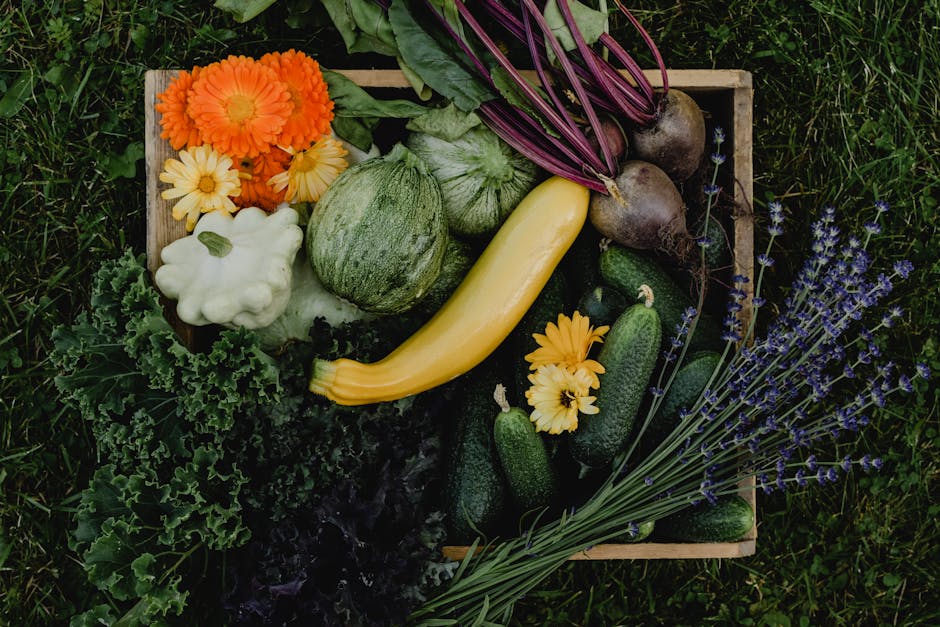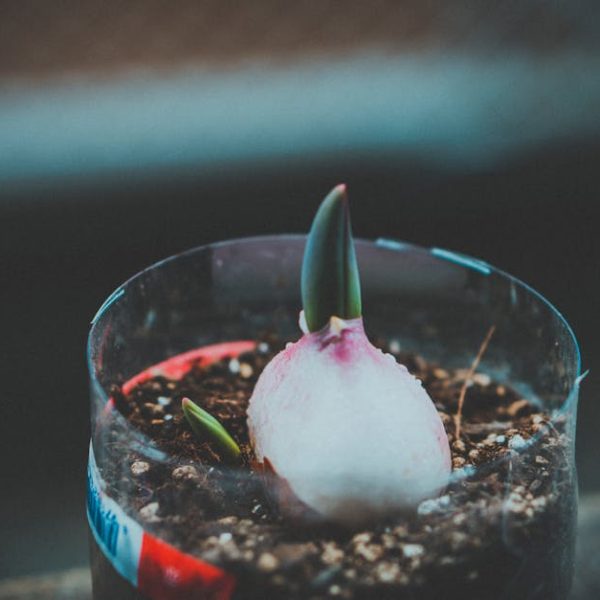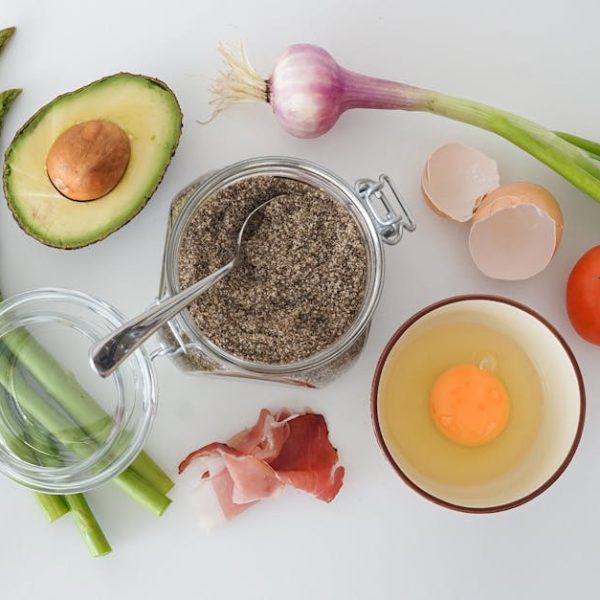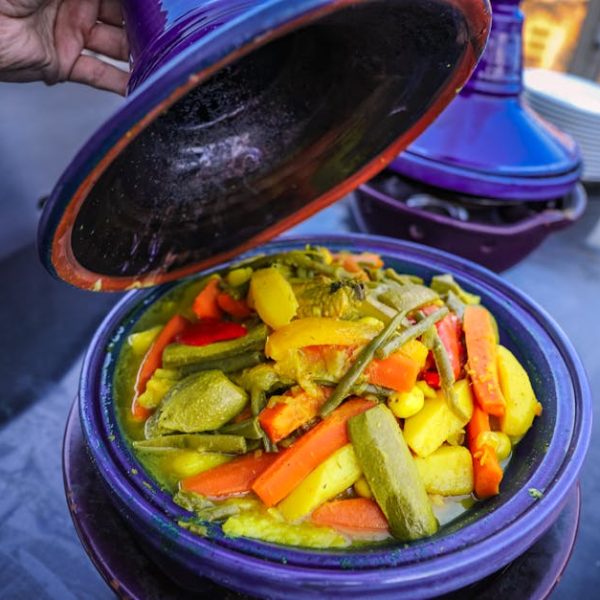Kale and collard greens, both members of the Brassica family, are renowned for their high nutritional content.
Nutritionally, kale is reported to be one of the most nutrient-dense foods on the planet. It is packed full with vitamins K, A, and C, along with various B-vitamins. It is also rich in minerals such as manganese, calcium, copper, potassium, and magnesium. It even carries a reasonable amount of protein and fiber.
In contrast, collard greens’ nutritional profile is similar yet varies slightly. Vastly rich in vitamin K, A, and C, it also carries a significant amount of folate, magnesium, and calcium. It’s not trailing far behind kale in terms of fiber and protein content either.
To better understand, let’s look at a comparison chart of key nutrients per 100g serving:
| Kale | Collard Greens | |
|---|---|---|
| Protein | 4.28g | 3.02g |
| Fiber | 2g | 4g |
| Vitamin A | 241% DV | 308% DV |
| Vitamin C | 200% DV | 58% DV |
| Calcium | 10% DV | 23% DV |
DV refers to the Daily Value suggested by health regulators for an average adult.
The Health Benefits of Kale and Collard Greens
Leafy greens, especially kale and collard greens, pack a health-boosting punch that can bring significant benefits.
As mentioned before, kale is high in antioxidants, which help to counteract harmful free radicals in the body. The fiber content aids digestion, and vitamin K supports bone health.
Similarly, collard greens are enriched with nutrients promoting overall well-being, aiding digestion because of their high fiber content and strengthening bones due to abundant Vitamin K. They’re notably helpful in reducing inflammation as well.
Here’s a clear rundown of their health benefits:
- Strengthens bones: Both greens supply vast amounts of vitamin K, which contributes to bone health.
- Supports digestion: The high fiber content aids digestion and keeps you feeling full.
- Provides antioxidants: These help to counteract oxidative damage to the body’s cells.
*Pro Tip*: Combining these greens with a good source of fat like avocado can increase the absorption of fat-soluble vitamins like A and K.
In conclusion, both kale and collard greens boast a well-rounded nutritional profile with a multitude of health benefits. However, their dissimilarities start becoming apparent when one starts considering their taste, texture, and culinary uses, which we will discuss in the next part. Stay tuned!
Differentiating the Taste and Texture
While both kale and collard greens share an earthy flavor, there are distinct differences that can alter the taste and texture of your dishes.
Kale has a slightly bitter, peppery flavor with a firm texture. The latter is even more pronounced when it’s raw, but cooking can help soften it. It’s available in different varieties like the curly kale and Tuscan kale, each having a slightly different flavor and texture.
Collard greens, on the other hand, are more mellow and sweeter and have a more robust and chewy texture. They’re much broader and more substantial than kale, and as such, often used as a wrap for various fillings.
Here’s a quick ‘Pros and Cons’ comparison based on their unique tastes:
| Kale | Collard Greens | |
|---|---|---|
| Flavor | Bitter, Peppery | Mellow, Sweet |
| Texture | Firm, can be softened through cooking | Robust, Chewy |
*Pro Tip*: The taste of both kale and collard greens can be improved significantly by adding acid (like lemon juice or vinegar) near the end of cooking, which neutralizes the bitterness.
Culinary Uses of Kale and Collard Greens
Both kale and collard greens are extremely versatile and can be used in a variety of dishes.
Kale is popular in salads due to its firm texture. It also makes excellent chips when baked with a bit of oil and salt. Moreover, it can be incorporated in soups, stews, and sauteed dishes, and even in smoothies for an extra health boost.
Collard greens, on the other hand, shine in slow-cooked dishes. The robust leaf is traditionally stewed with ham hocks in the Southern US, but it can also be used in stir-fries, soups, and casseroles. Its large, sturdy leaves make it an excellent substitute for wraps and tortillas.
*Best Practices*: To maintain the nutritional content while cooking, try to steam, sauté, or quick-boil these greens rather than overcooking.
Growing Kale versus Collard Greens
If you’re interested in growing your own greens, there are some things to consider regarding kale and collard greens.
Kale is pretty straightforward to grow. It prefers cooler weather, and its taste can become sweeter after a frost. It grows well in well-drained soil and needs around 6-7 hours of sunlight a day.
Collard greens are heat-tolerant and can survive in a broader range of climates, making them a staple in Southern US gardens. They grow well in sandy or loamy soil, and similar to kale, they require around 6-7 hours of sunlight a day.
Here’s a comparison of their gardening requirements:
| Kale | Collard Greens | |
|---|---|---|
| Climate Preference | Cooler Weather | Heat-Tolerant |
| Soil Requirement | Well-drained soil | Sandy or Loamy Soil |
| Sunlight Requirement | 6-7 hours a day | 6-7 hours a day |
*Best Practices*: Ensure you trim the leaves from the bottom when harvesting. This promotes new growth and a bushier plant!
So, there you have it – a comprehensive guide on kale and collard greens. Both are fantastic additions to your diet, and your choice between the two can depend on your taste preference, cooking needs, or even your gardening capabilities!
Key Takeaway:
- Both kale and collard greens are packed with nutrients and health benefits, but they contain varying amounts of vitamins, minerals, fiber, and protein.
- Kale has a slightly bitter taste and firm texture, while collard greens have a more mellow flavor and robust texture.
- Both can be used in a variety of dishes. Kale works great in salads and smoothies, while collard greens excel in slow-cooked dishes and as a wrap substitute.
- When it comes to growing the two, kale prefers cooler weather and well-drained soil. In contrast, collard greens can handle more heat and thrive in sandy or loamy soil.
No matter which leafy green you prefer, be it kale or collard greens, adding these nutrient-packed plants to your daily diet can bring significant health benefits. Remember, the best food is the one that not only nourishes your body but also satisfies your palate. So, enjoy exploring recipes that include these greens and feel the benefits they provide!
FAQs
Q: Can I use kale and collard greens interchangeably in recipes?
A: Yes, you generally can, but be aware that they do have different flavors and textures. Kale has a stronger, more bitter taste, while collard greens are mellow and sweet.
Q: Is it safe to consume these leafy greens raw?
A: Yes, both kale and collard greens can be eaten raw. However, some people might find them a bit difficult to digest, so it may be beneficial to cook them lightly.
Q: How can I reduce the bitterness of kale or collard greens?
A: You can reduce the bitterness by adding an acid like lemon juice or vinegar while cooking. This can also bring out their flavors more.
Q: Can people with certain health conditions benefit from daily consumption of kale and collard greens?
A: Yes, people with conditions like osteoporosis, anemia, or digestive issues might benefit from these greens due to their high nutrient content. However, they should always consult their doctors before making significant dietary changes.
Q: What are the best ways to store kale and collard greens to maintain their freshness?
A: Both should be stored in a loose plastic bag in the refrigerator. They’re best when used within one to two weeks.
We hope you’ve enjoyed this deep dive into kale and collard greens. If you found this article informative and would love to explore more health-related posts, don’t hesitate to browse through our website. Don’t forget to share this article with friends and family – let’s spread the love for healthy eating!






